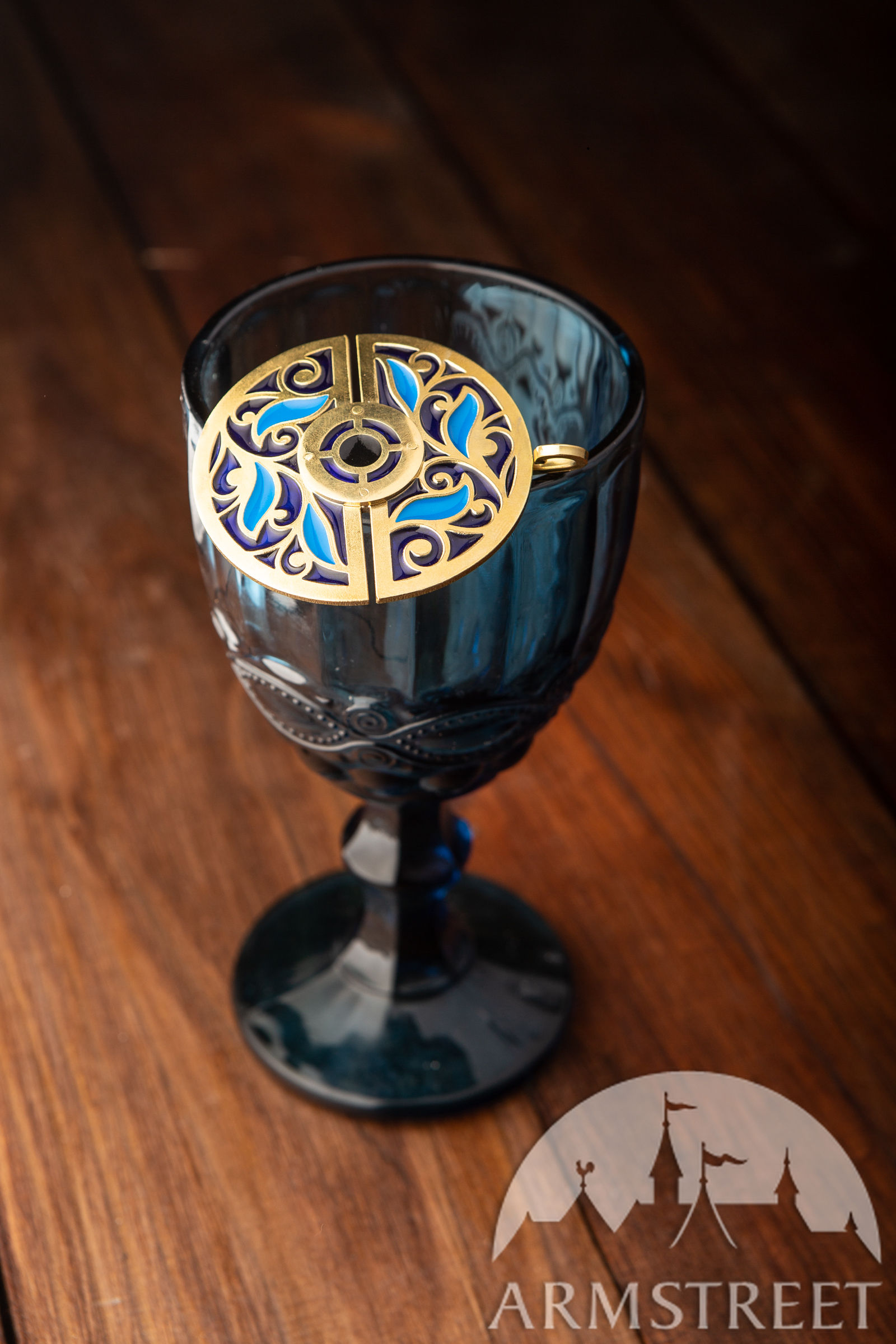


Before you choose where to buy medieval armor, decide on how you're going to use it. What is the best medieval armor?Įach model is the best for its purpose. For example, in the 14-15 centuries, even seedy English infantryman could afford a brigandine which was a benefit of the richest knights less than 60 years ago. Besides the cost of all the materials, the price included precise custom fitting, a large set of spare parts and guarantee tests.Īdvances in technology and the large selection of outdated armor in the market constantly reduced the cost of the armor.
Medieval clothing for sale full#
Armors were frequently ordered from famous masters from abroad, same now you can order them from ArmStreet being anywhere in the world, from UK to the USA, from Australia to Alaska.īut high-end custom medieval armor decorated by renowned masters cost more than a man had ever seen in his life: the price for only a helmet exceeded the cost of a cow, and full armor kit cost as much as a prosperous village. Ready-made medieval armour for sale could be found at the markets, fairs and local medieval armor stores. Armor of low and medium quality, outdated or used, were affordable for mercenaries and lower nobility. Yes, purchasing armor has always been an expensive enterprise. Nevertheless, in our medieval armor shop we have both authentic armor and thickened armor for cut-and-trust. They were not intended to protect against direct strokes, but to protect from the glancing, grazing and accidental blows. The vast majority of the survived combat armor is about 1 mm thick. Now reenactment organizations do regulate the thickness of the armor in attempts to better protect the fighters during buhurts, compensating the lack of training with the rapidly growing thickness of the armor.


The armorers skillfully strengthen middle ages armor with forging, adding reinforcement ribs and overlapping elements, thus saving on the thickness of steel. Mobility was an essential for well-trained medieval knights and soldiers, while thickening of the armor invariably increases its weight, and thus - reduces mobility. If the armor has been received by inheritance or taken from a captive, the new owner gave up mobility for better protection. Note, the above is absolutely true only for custom-size armor, that perfectly fit the measurements of the owner.
Medieval clothing for sale free#
Middle ages armour with sliding rivets allowed comparatively free movement. Only in the 17th century the weight of combat armor was increased to make them bulletproof. Thus, total weight rarely exceeded 65 lb, which is less than full equipment of fireman or modern infantryman. Real medieval armor kit usually weighs 44 to 55 lb, and a helmet - from 4 to 8 lb. Not really, this myth has roots stretching back to the tournament armor, that have never been used on the battlefield. Therefore we feel obliged to dispel them to facilitate your search for cool medieval armor. And during this time we've faced a bunch of common myths and widespread misconceptions surrounding this subject. Whether you are a LARP newbie or old campaigner, we are ready to share our passion for these damn beautiful steel suits! ArmStreet has been producing medieval armor for sale for over ten years - for individuals and teams, for stages and movies. History of medieval Europe would be bland and boring without knights in shining armor. What One Should Know to Buy Medieval Armor?


 0 kommentar(er)
0 kommentar(er)
